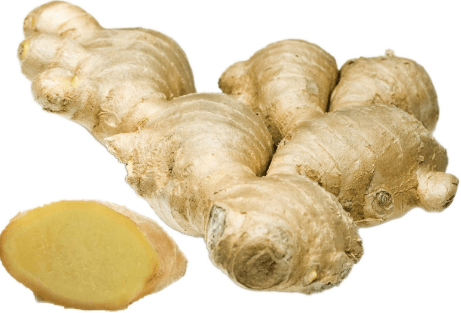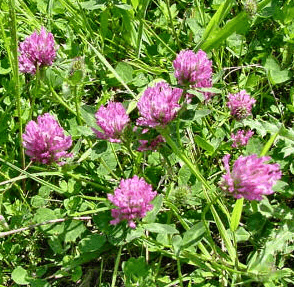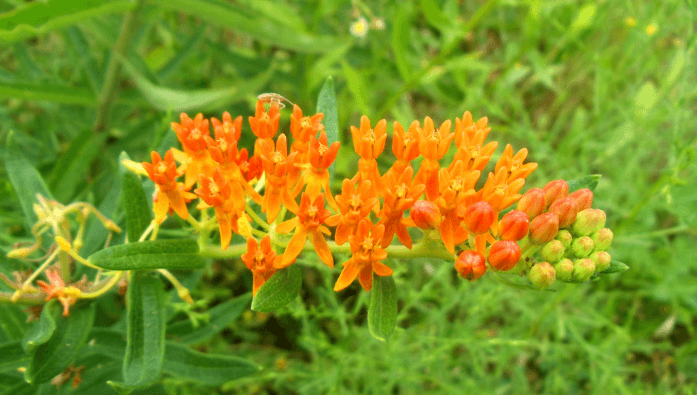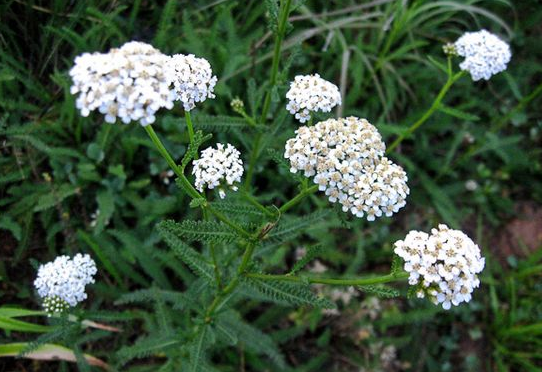Bharangi, भारंगी Medicinal Benefits

Botanical Name-Clerodendrum serratum
Common Name-Vabhnaiti
Family-Verbenaceae (Nirgundi kul)
Habit-A perennials herb, 2-8 ft. in height.
Properties
Property-Lightness, dryness
Taste-Bitter, pungent
Potency-Heating
Metabolic Property-Pungent
Specific Property
- Kaph-vata-samak
- Appetiser
- Digestive
- Stomachic
- Blood Purifier
Parts Used-Root, leaf, bark

Description-The Sanskrit work bharangi literally means that which is glorious. Another name of the same plant, bhrguja, implies a relation of the plant with the great sage Bhrgu. It has various synonyms describing its peculiarities like kharasaka-with rough leaves, padma-flowers look like that of lotus, vatari-an enemy of vata dosa, kasaghni-which alleviates cough etc. Susruta and Bhavamisra have also described the medicinal properties of the plant particularly for respiratory complaints viz. asthma. Susruta has mentioned it as a panacea for epilepsy and also as stanyasodhaka-lactodepurant Vagbhata has cited its usefulness in cough due to kapha and vata. Caraka has categorizeu it as purisa sangrahaniya-gives form to faeces
Bharangi grows throughout India upto 1500 meters height. It grows in Eastern Himalaya, Nepal, Kumao, Bengal and Bihar, in abundance. It is a perennial shrub, growing 0.3-3.0 meters in height. The leaves are 7-15 cm long and 5 cm. broad, rough, serrate and tapering at the apes. The flowers are blue, fragrant and the plant looks beautiful during flowering. The fruits are purple drupes and succulent. The flowering and fruiting occurs during April and November.
The botanical name of bharangi is Clerodendrum serrature and it belongs to family Verbenaceae. From the bark the sapogenin mixture contains three major triterpenoid constitutent’s oleonolic acid, queretaroic acid and serratagenic acid. The root bark yields a glycoside material, phenolic in natures. D-Mannitol is isolated from the bark with a yield of 10.9 %. The powdered stem contains D-mannitol, D-glucoside of sitosterol, sitosterol and cetyl alcohol. Alcoholic extract and saponin isolated from root bark caused release of histamine from lung tissue.
Bharangi is bitter, pungent and astringent in taste, pungent in the post digestive effect and has hot potency (virya). It alleviates kapha and vata dosas. It possesses light and dry attributes. It is useful in asthma, cough, fever, worms, burning sensation of the body and wounds. (Raja Nighantu)
The roots and leaves of bharangi have great medicinal value. The plant is useful, both, internally as well as externally. The leaves are useful as an external application for cephalalgia and ophthalmia. The pulp of the leaves applied externally, mitigates the glandular swellings and hastens the wound healing. The juice of its leaves is applied on the lesions in erysipelas. The root paste applied on the forehead alleviates headache.
Internally bharangi is used in vast range of diseases. It is an appetizer, lacative and digests ama, hence is beneficial in anorexia, tumours and distaste. The decoction of bharangi root is extremely effective in oedema over body, especially due to kapha. The plant works well as a blood purifier. The decoction of sesame seeds (tila), mixed with ghee, jaggery, trikatu powder (sunthi, marica and pippali) and bh?rangi root powder is the best medicament for amenorrhea and uterine tumours (rakta gulma).
Bharangi is the most valuable herb to take internally in respiratory ailments and for all fevers in general. Traditionally in Konkan, the leaves are used as vegetables in malarial fever. As bharangi effectively liquefies the mucous, it is salutary in respiratory problems like colds, bronchitis, bronchial asthma and tuberculosis. In such conditions, varied combinations of bharangi are recommended. The juice of its roots and ginger relieves bronchospasms in asthma. In cough due to kapha and vata, the jam prepared of sesame oil, jaggery, bharangi and sunthi is beneficial. It works well with pippali, sunthi and jaggery to curb the spasms and bouts of cough. In hiccup, the root powder is given along with sugar, or its jam. The combination of bharangi and pippali (2-1) wih honey, is also an effective remedy for hiccup. The decoction of bharangi roots is benevolent in worm infestations.
Dosage— Powder -3-5 gms.
Uses
- Ripenning of wound—The paste of bharangi leaves is applied externally.
- In Cough & Asthma—Expressed juice of bharangi root & ginger should be given.
- In Bronchial Asthma—Bharangi should be taken with ghee & honey.
- In Oedema—Powder of bharangi seeds fried in ghee is used.
- One suffering from Hiccough and Asthma—Bharangi shouold be taken with hot water.




